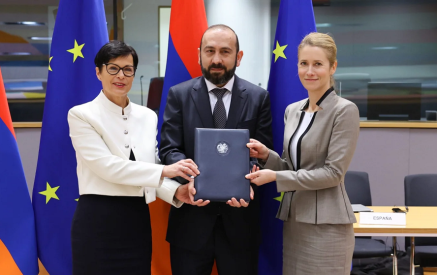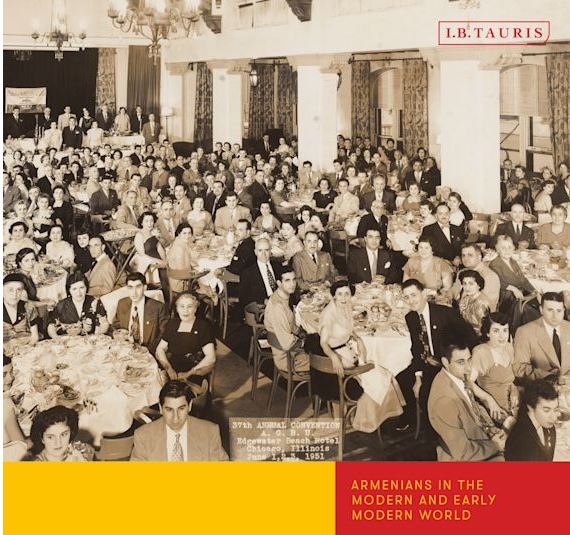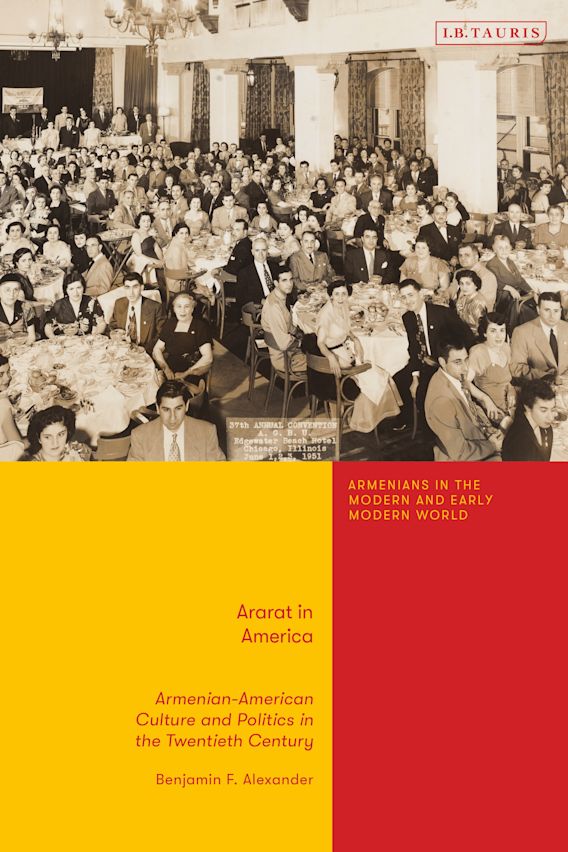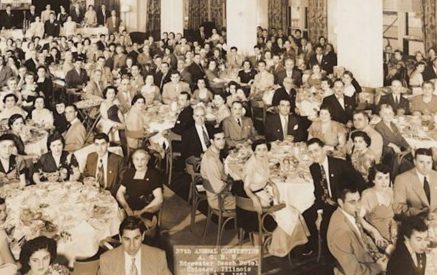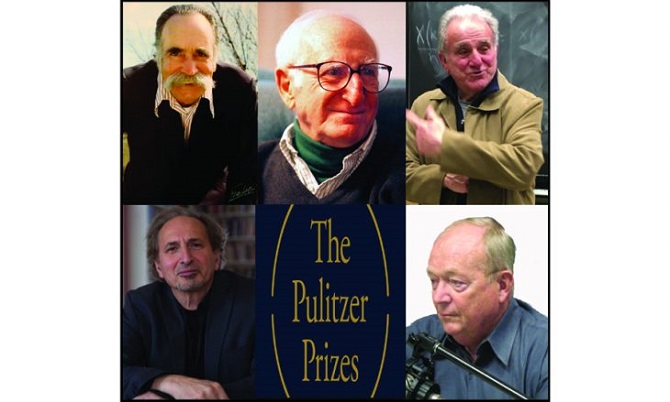by The Armenian Mirror-Spectator
I. B. Tauris, an imprint of Bloomsbury Publishing, has announced the publication of Dr. Ben F. Alexander’s book Ararat in America: Armenian American Culture and Politics in the Twentieth Century. The book is part of the series Armenians in the Modern and Early Modern World edited by Bedross Der Matossian (University of Nebraska, Lincoln).
How has the distinctive Armenian-American community expressed its identity as an ethnic minority while “assimilating” in the United States? This book examines the role of community leaders and influencers, including clergy, youth organizers, and partisan newspaper editors, in fostering not only a sense of Armenian identity but specific ethnic-partisan leanings within the group’s population. Against the backdrop of key geopolitical events from the aftermath of the Armenian Genocide to the creation of an independent and then Soviet Armenia, it explores the rivalry between two major Armenian political parties, the Tashnags and the Ramgavars, and the relationship that existed between partisan leaders and their broader constituency.
Read also

Benjamin Alexander
Rather than treating the partisan conflict as simply an impediment to Armenian unity, Benjamin Alexander examines the functional if accidental role that it played in keeping certain community institutions alive. He further analyses the two camps as representing two conflicting visions of how to be an ethnic group, drawing a comparison between the sociology-of-religion models of comfort religion and challenge religion. A detailed political and social history, this book integrates the Armenian experience into the broader and more familiar narratives of World War I, World War II, and the Cold War in the US.
Alexander commented on the book saying: “This project took me in all directions. There’s the horror of the genocide of course, and the tragedy of an archbishop’s assassination, but there’s also some humor, like the way members of the American-born generations satirized their elders who wanted to arrange their marriages, and the way they critiqued each other’s manners at Armenian youth dances. I also managed to get a good look at the CIA and FBI files on General Dro’s activities after World War II, so that’s in there too, as is material from the State Department files on postwar repatriates to Soviet Armenia who changed their minds and wanted to come back. As I looked at the publications of the competing political parties that wanted to cultivate the loyalty of the coming generations, I found differences, not only in political opinion, but in approaches to how to be an ethnic group. As a dissertation, I stopped the research at 1955, but expanding it for this present book was a real crash course in the things that happened in the 1970s and beyond.”
“This is a groundbreaking book that attempts to understand Armenian intra-ethnic relations in the U.S during a tumultuous period of the 20th century,” said Der Matossian, the editor of the series. “Benjamin Alexander, a well-seasoned scholar of American history, puts the Armenian Americans in the larger context of American history. By doing so he provides us with a better picture of the Armenian experience in the United States in the 20th century,” he concluded.
Actor Eric Bogosian, author of Operation Nemesis: The Secret Plot that Avenged the Armenian Genocide (2015), said of the book, “A serious and deeply researched investigation into the Armenian presence in the United States. It answered many questions I have had about who we were and how we Armenians have made our way as an immigrant population in America. Ben Alexander’s book gave me fresh insight into the lives of my grandparents.”
Khatchig Mouradian of Columbia University noted, “In this compelling contribution to ethnic studies, twentieth-century Armenian American history comes to life in all its hues and shades. Alexander’s incisive exploration of the trials, tribulations, and triumphs of Armenians in the United States is a must-read for those interested in identity and culture in America.”
Alexander is adjunct associate professor at New York City College of Technology. He is the author of Coxey’s Army: Popular Protest in the Gilded Age (2015) and The New Deal’s Forest Army: How the Civilian Conservation Corps Worked (2018).
Copies of Ararat in America: Armenian American Culture and Politics in the Twentieth Century are available for purchase from the Bloomsbury Press website. Use code: GLR AQ4 to receive a 35-percent discount.















































